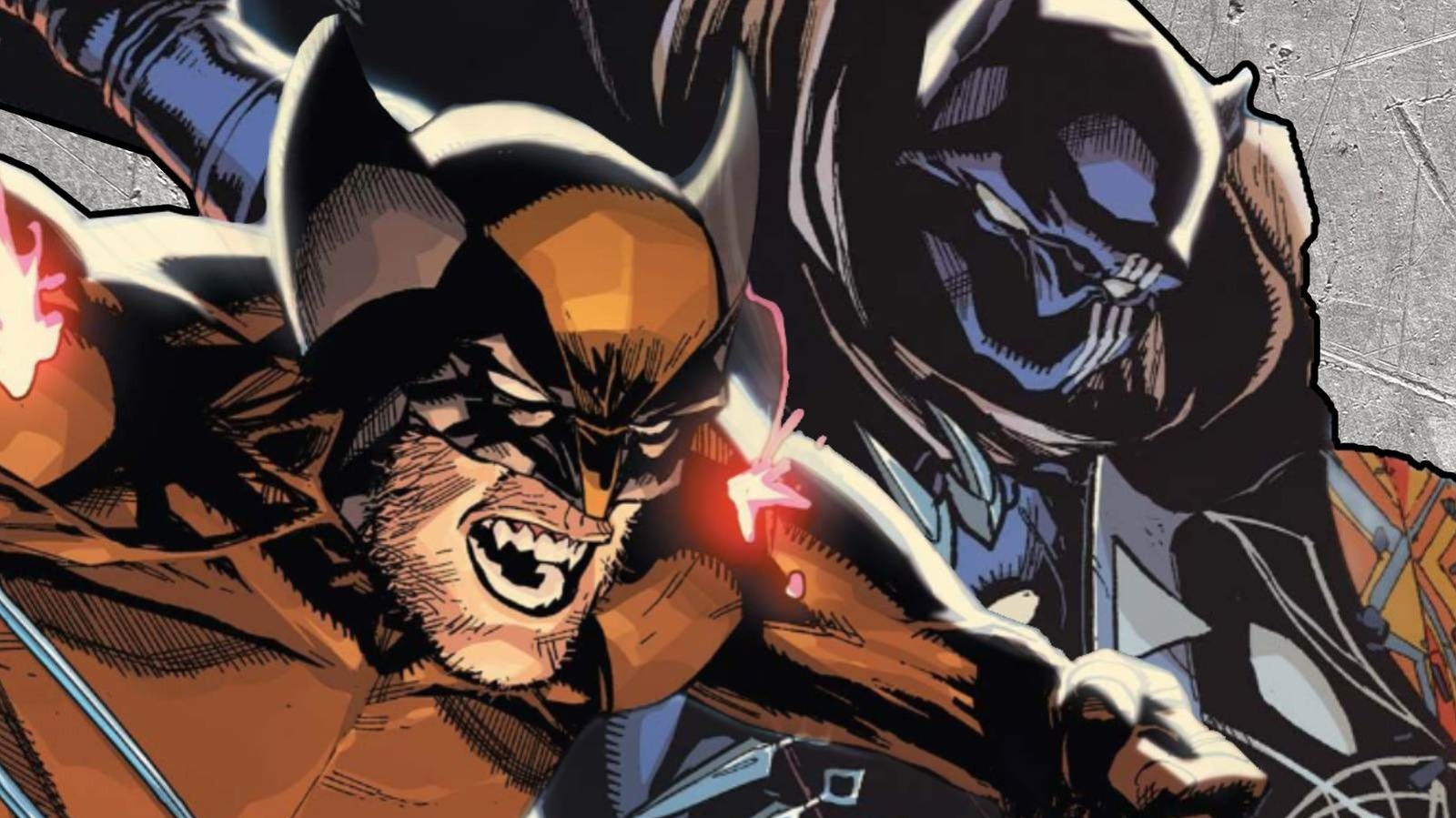
In the Marvel universe, a long-standing debate intrigues fans: which of the iconic metals, Adamantium or Vibranium, holds the title for strength? This discourse often centers on the two materials linked to beloved characters and epic battles across comic book pages and the big screen. Adamantium, a metal synonymous with Wolverine and often considered indomitable, contrasts sharply with Vibranium, known for its rich legacy in Wakanda and its role in shaping the heroic arsenal of Black Panther.
So, what gives these metals their reputation? Adamantium made its debut in Avengers #66 back in 1969, introduced as the substance utilized by Ultron to form a new body. This extraordinary alloy is practically indestructible, capable of enduring the might of Marvel’s most formidable heroes. The strongest version is True Adamantium, which encases Wolverine’s bones, enhancing his ferocity in battle. However, this metal comes with its limitations; once molded, it cannot be reshaped, which dictates its use in making weapons, suits, and claws.
On the flip side, Vibranium offers a unique adaptability. Originating from a meteorite that crashed on Earth, this metal possesses remarkable energy-absorbing properties. A prime example is its application in Black Panther’s suit, allowing it to deflect various forms of energy while strategically housing Vibranium weaponry. Beyond T’Challa’s gear, this metal has proven versatile, being incorporated into items from Hawkeye’s arrows to the very foundation of Avengers Tower. Vibranium’s ability to work in many capacities and its creation of a potent hybrid in Capt. America’s shield—crafted from Proto-Adamantium—illustrate its multifaceted utility.
Interestingly, the debate extends beyond these two. In discussions about strength, is Thor’s Mjolnir mightier than Vibranium and Adamantium? Both materials have stood the test of time against Mjolnir, forged from Uru, which has had its own share of conflict with Captain America’s shield. The shield has successfully resisted the god’s hammer in many scenarios, showcasing the durability of both Vibranium and Adamantium.
Despite their might, Adamantium is not impervious. Magneto’s powers present a compelling challenge for both metals. Wolverine’s claws, covered in Adamantium, can be manipulated by Magneto with ease. However, the magnetic mutant’s interactions with Vibranium have been inconsistent; sometimes he can control it, while other times he struggles against its properties.
A newcomer to this age-old debate could be Mysterium, a substance introduced in The Invincible Iron Man that outperforms both Adamantium and Vibranium. In an encounter where Adamantium claws were rendered ineffective against an Iron Man suit crafted from Mysterium, the implications for Wolverine and his iconic material were clear: there are rivals that threaten to shift the hierarchy of strength in the Marvel realm.
As fans eagerly anticipate future developments in the MCU, the discussions surrounding these metals will undoubtedly continue, keeping audiences both entertained and engaged in the world of superheroes and their legendary materials.



